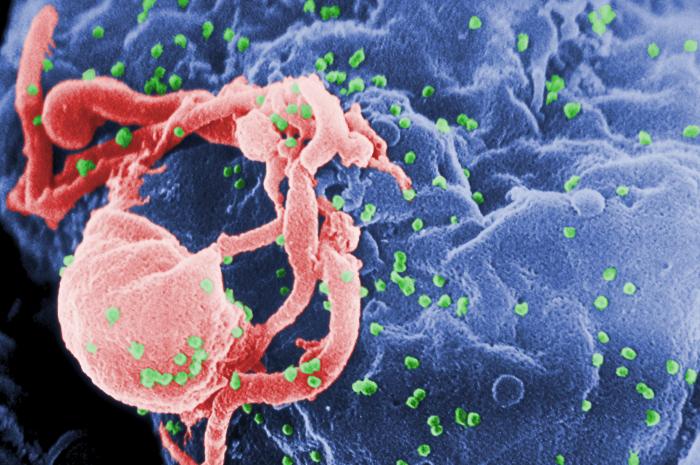
Author: Clarissa Keisling, ceid@uga.edu
Contact: Lauren Steinbaum, Lauren.Steinbaum@uga.edu
Having recently accepted a postdoctoral research position at UGA’s College of Public Health, CEID Member Lauren Steinbaum works to expand her diverse background in environmental engineering and household-scale parasite transmission to focus on modelling population-level disease transmission.
Her involvement with infectious disease dynamics began while completing her PhD in Environmental Engineering and Science at Stanford University, where she investigated the environmental transmission of soil-transmitted helminths, a type of intestinal worm that infects humans, in rural homes in western Kenya. Working at the household and community-level scale, Lauren studied parasite transmission within the environment and evaluated the human and environmental health impacts of water and sanitation interventions.
Now, working in collaboration with CEID member Dr. Steve Bellan, Lauren has shifted her focus towards evaluating intervention techniques for population-level disease transmission using large datasets and statistical modelling. After joining the Bellan Lab last October, Lauren began her work by analyzing data on tuberculosis and HIV transmission in Madagascar to search for “hotspots” for risk groups, such as pregnant women, and districts. Using national-level data and reports provided by the Ministry of Health and Demographic Health Surveys, she compared HIV risk factors between Madagascar and other sub-Saharan African countries. Preliminary results show a potential relationship between low HIV incidence and high male circumcision, a common cultural practice in Madagascar. As she hones her analytical skills in statistical modelling programs like R, Lauren plans to formulate more model intensive analyses on male circumcision and HIV transmission. Her goal is to create and evaluate the impact of a simulation study to see how campaigns to reduce HIV transmission by increasing male circumcision could be an effective and measurable intervention strategy in countries where HIV is common. Her models will simulate studies to see the conditions under which an effect may or may not be seen. This in turn will help guide future studies to implement improved sampling techniques and program effectiveness.
While Lauren is excited about her work, she explains that a major challenge in moving from field and laboratory-based research to modelling disease transmission is the time and effort it takes to become proficient in using complex modelling programs. She further emphasizes the importance of forming collaborative research groups to discuss and share techniques and expertise. For this reason, Lauren plans to participate in an intensive workshop this summer in South Africa, The Clinic on Meaningful Modeling of Epidemiological Data, led in part by her advisor Dr. Bellan. During the workshop, she will attend lectures on modelling theory, and will gain valuable experience by practicing modelling with collaborative and interdisciplinary groups. CEID members, such as Lauren and Dr. Bellan, hold expertise in variety of disciplines, and center activities seek to drive collaboration among the diverse skillsets represented. As she continues to expand and diversify her skillset as a postdoc, Lauren’s dual involvement with the CEID and College of Public Health propels her research that will yield results helpful to both infectious disease researchers and public health officials interested in intervention management and program effectiveness.
Photo Credit: SEM of HIV-1 by Cynthia Goldsmith, CDC